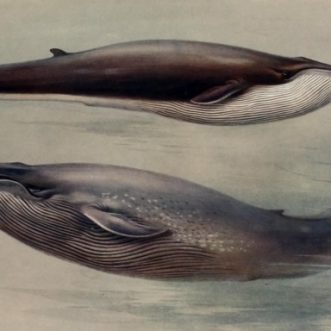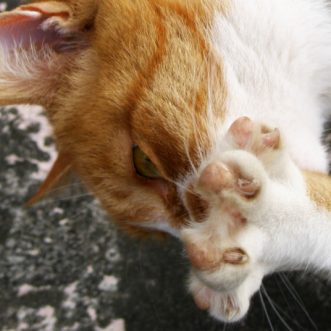December 2, 2020
The 11th principle outlined in this brilliant book by Lou Downe “Good Services” “A good service is usable by everyone, equally”, follows on from the previous one, and similarly, gets broken when companies don’t think hard enough about who their users are, and what the circumstances of that user might realistically be at the time they need to use the service. Nowadays it’s very hard to get a decent job without having a bank account, and impossible to get a bank account without having somewhere to live. That makes getting a proper job much harder than it should be for someone who is homeless – even if they have just become homeless and jobless through no fault of their own.
I’m exploring these principles from a different perspective, that of a business that delivers through other people. From this perspective, your team are your users, and services are the processes you build to help them share and deliver your promise on your behalf.
Looked at this way, it seems to me that principle no 11 is hardly ever applied inside companies. We expect every employee to conform to an impossible ideal of whatever is ‘normal’ for us – perfectly fit, permanently healthy, well-balanced and educated. We expect them to behave as if they have nobody to consider except themselves. We assume they are willing and able to fit their home-life around the demands of the business.
A little reflection on how your own life has changed over the years should make it obvious that this is unrealistic and unfair. And coronavirus has made many realise that it isn’t that difficult to put right.
So, as you design the services through which your team will deliver, thereby earning their living, make sure they are able to do that whatever their circumstances. Enable flexible working, remote working, part-time working, job-sharing. Make the process adaptable, so that each person can adjust things to suit their abilities and working style. Measure results instead of attendance. Make admin and reporting a side-effect of the process and ensure feedback is sent when and where it has the best effect.
The brilliant thing is that by making your services deliverable by anyone, you make it easier for everyone, and give yourself a wider, deeper pool of talent to draw on. By making the job easier for your team, you’ll deliver better results for your clients, and your business.










